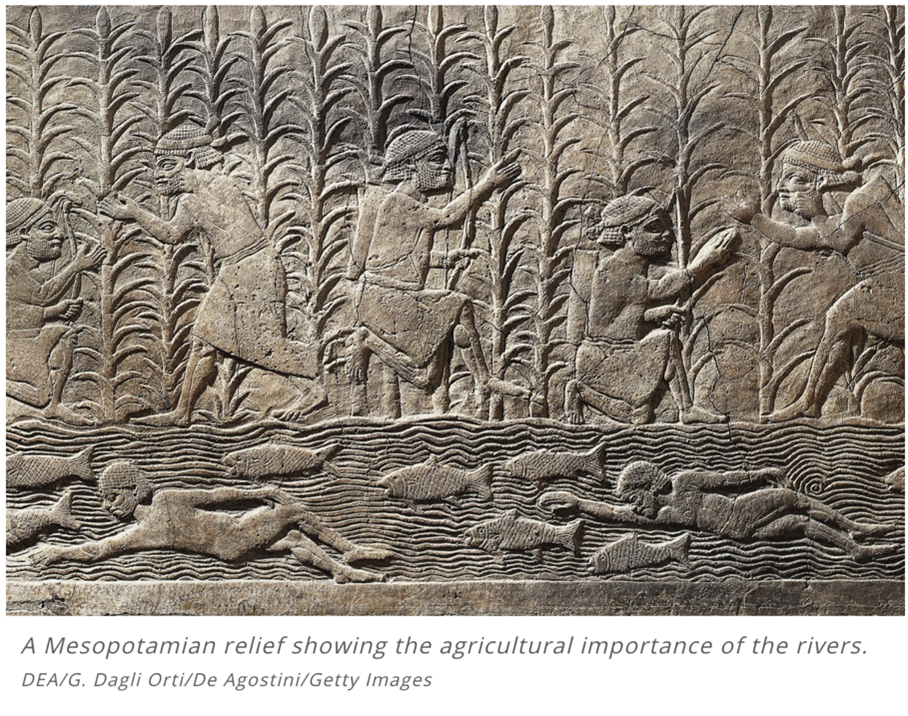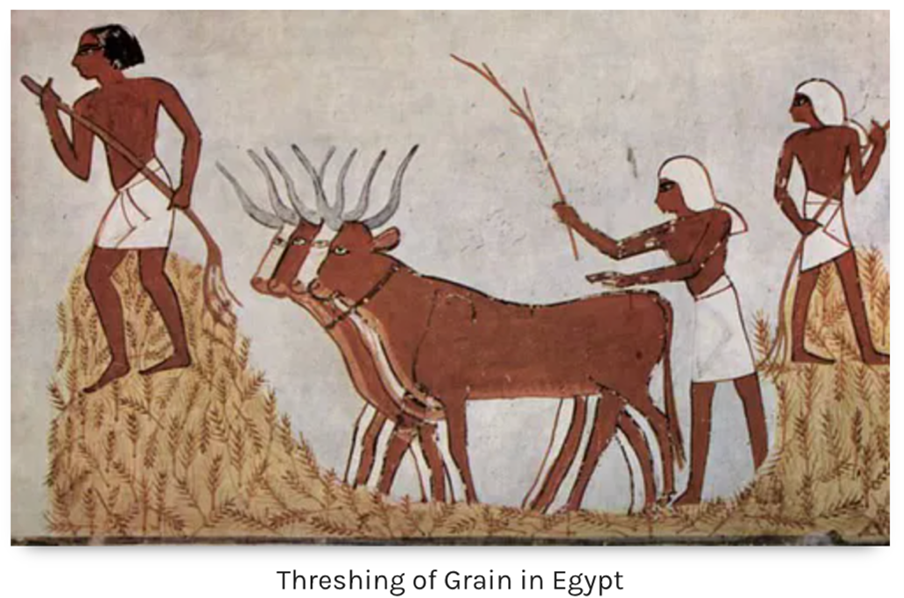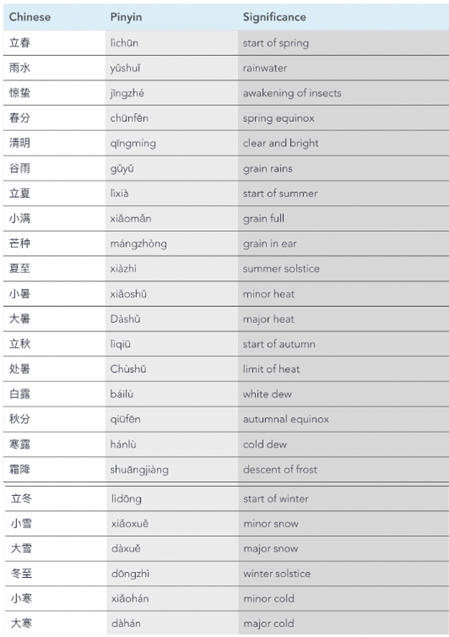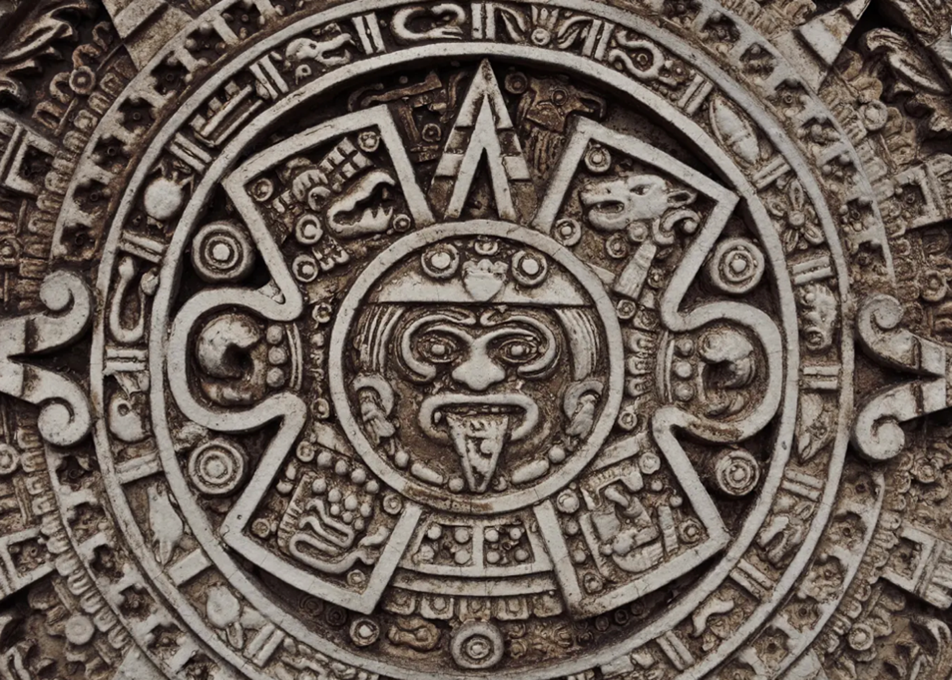Historical Calendars and Advances in Agriculture
Categories: Student Blogs
By: Miko Brandon
As humans we constantly feel the pressure of time. Our ceaseless desire to glance at our clocks. “Is it 5 o’ clock yet?” It seems time moves in inches when we’re doing the things we loathe. Yet zips by when we’re immersed in the activities we enjoy: birthdays, seasonal ceremonies *cough* Oktoberfest *cough*, dental appointments, retirement. Counting the days is fundamental to human existence. We use a number to represent a specific moment in our lives, then use other numbers to make somewhat accurate predictions on the future. You can use the number to figure out how old grandma is or estimated the best time to plant your corn. These basic principles were ingrained in us by the ancestors before us. Ancient civilizations laid the foundation of counting the days with one of humans most useful tools… the CALENDAR! And with the ability to count and predict seasonal changes, the calendar allowed for the advancement of civilization’s agriculture.

Mesopotamia: Some may call the ancient Sumerian civilization of Mesopotamia the founding Fathers of the calendar, aka the “OG’s.” The wise astronomers of ancient Mesopotamia are said to be the first to use the lunisolar calendar. 360 days, 30 days a month, and 12 months a year made up the calendar (Russell, 2022). The Sumerians could use the calendar to determine the seasons. Emesh (summer) which started around late February or early March, and Enten (winter) which started late September or early October. The seasonal predictions also allowed them to predict wet and dry seasons (Abit, 2022. Slide 14). This led to agricultural advancements such as flood levee construction. This prevented crop damage during flood seasons and allowed for the retention of some water for drier seasons. Agriculture was extremely important to the Sumerian civilization and a great contributor to their growth. Arguably, growth would not have been possible without the calendar

Ancient Egyptians: Was it Aliens? Nah probably not. The ancestors of ancient Egypt developed a solar calendar that had 12 months and 365 days a year. Sounds a lot like the calendar we use nowadays. It also had three seasons; a bit different from the four seasons we commonly recognize today. But what even is a “season”; is it something humans use to describe daylight hours and weather patterns or is it something we put on chicken? Both. The first season was akhet, representing the time which the Nile floods. Second was peret, the time when crops broke through the fine soils. Last was Shemu, the harvest time (Egyptian civilization, 2022). Understanding when the Nile floods allowed ancient Egyptians to predict when the best time to plant was. Once water subsided, the area left was plump with nutrients. Success in agriculture leads to growth, and growth, leads to innovation. One example is the ox-drawn plow. Created in ancient Egypt, the plow, pulled by ox broke up the earth and prepared it for seed planting. This advancement allowed Egypt to produce loads of crops and become known as the “breadbasket of the Roman Empire” (Mark, 2022)
 Chinese lunisolar calendar that can trace its origins back to the Han dynasty 104 BC.
Chinese lunisolar calendar that can trace its origins back to the Han dynasty 104 BC.
Ancient Chinese: If it ain’t broke don’t fix it! The Chinese calendar is a lunisolar calendar that can trace its origins back to the Han dynasty 104 BC. This is the same calendar that is used and of great importance to China today. The year is broken up into 24 solar terms, each reflecting seasonal changes and revolving itself around agriculture (Yeromiyan, 2022). Being able to make accurate assumptions on rainy seasons, intense heat, frost or even insects allow the farmers to know when to plant and harvest. The ability to have successful crop production led to many agricultural advancements such as the invention of paper, the wheelbarrow, and iron plows. Specifically, the moldboard plow allowed the ancient farmers to work in sloped areas while reducing their soil loss (Kiger, 2019).
 Ancient Mayan calendar
Ancient Mayan calendar
Ancient Mayans: I remember back in 2009 — I believe I was in 9th grade — we all went to see the movie “2012.” We were certain the world was going to end. The ancient Mayan calendar supposedly ended abruptly in December of 2012. We thought we only had a few more years before the inevitable. Maybe the world did end in 2012. Maybe we’re all living in some weird alternate reality, with reality TV stars as Presidents, really hot summers, and pangolins. Maybe the Mayans just thought 2012 was pretty far out and they would finish the rest later. Or maybe they had other things to worry about. The light-skinned guys showing up on giant floating houses, riding big deer looking things could’ve been pretty distracting. Either way, the ancient Mayan calendar was amazing and insanely accurate. The calendar dates to around the first century BC and is ever so slightly more accurate than the calendar we use today. It consists of 20-day months with two calendar years. First, tzolkin, which is 260 days and second, haab, which is 365 days. The two link up at 18,980 days or about 18 months (Canadian , 2022). There was a belief that an individual’s future could be predicted based on the time they were born. For agriculture, the sun, corn, and calendar were intertwined (Méndez, 2022). This a allowed them to keep track of planting and harvest times. Calendar predictions lead to agricultural advancements like intercropping and agroforestry practices, but the result of successful agriculture led to something really cool: ball courts. Mayans would gather to watch the athletes and prisoners play intense ball games such as pok-a-tok (Adhikari, 2022). You don’t have time to innovate sweet games if your basic needs aren’t met. The calendar helps meet those needs.
Final Thoughts: To be frank, calendars are dope. One day the people of the future will dig up our calendar and say things in wonder. They’ll say “the ancient monkey humanoids of 2022 used bi-fold paper calendars decorated with puppies and half naked firefighters.” They will talk in amazement of how we used our calendar to predict the first frost, wedding dates, or how we used the sun to correspond to a day where an egg laying rabbit hides candy filled synthetic polymer-based ovum throughout residential areas.
Reference List:
- Adhikari, S. (2022, August 31). Top 10 inventions of the Mayan Civilization. Ancient History Lists. Retrieved September 9, 2022, from https://www.ancienthistorylists.com/maya-history/top-10-inventions-of-mayan-civilization/
- Egyptian civilization – sciences – calendar. Canadian Museum of History. (n.d.). Retrieved September 8, 2022, from https://www.historymuseum.ca/cmc/exhibitions/civil/egypt/egcs02e.html
- Kiger, P. J. (2019, September 20). 10 inventions from China’s Han dynasty that changed the world. History.com. Retrieved September 9, 2022, from https://www.history.com/news/han-dynasty-inventions#:~:text=According%20to%20Robert%20Greenburger’s%20book,known%20as%20the%20moldboard%20plow.
- Mark, J. J. (2022, September 8). Ancient Egyptian agriculture. World History Encyclopedia. Retrieved September 8, 2022, from https://www.worldhistory.org/article/997/ancient-egyptian-agriculture/
- Russell, J. (2022, September 1). The Sumerian calendar. Living With The Moon. Retrieved September 8, 2022, from https://www.livingwiththemoon.com/origins-of-the-calendar/
- Yeromiyan, T. (2022, March 27). What is the Chinese calendar?: The Chinese Language Institute. StudyCLI. Retrieved September 9, 2022, from https://studycli.org/chinese-zodiac/chinese-calendar/